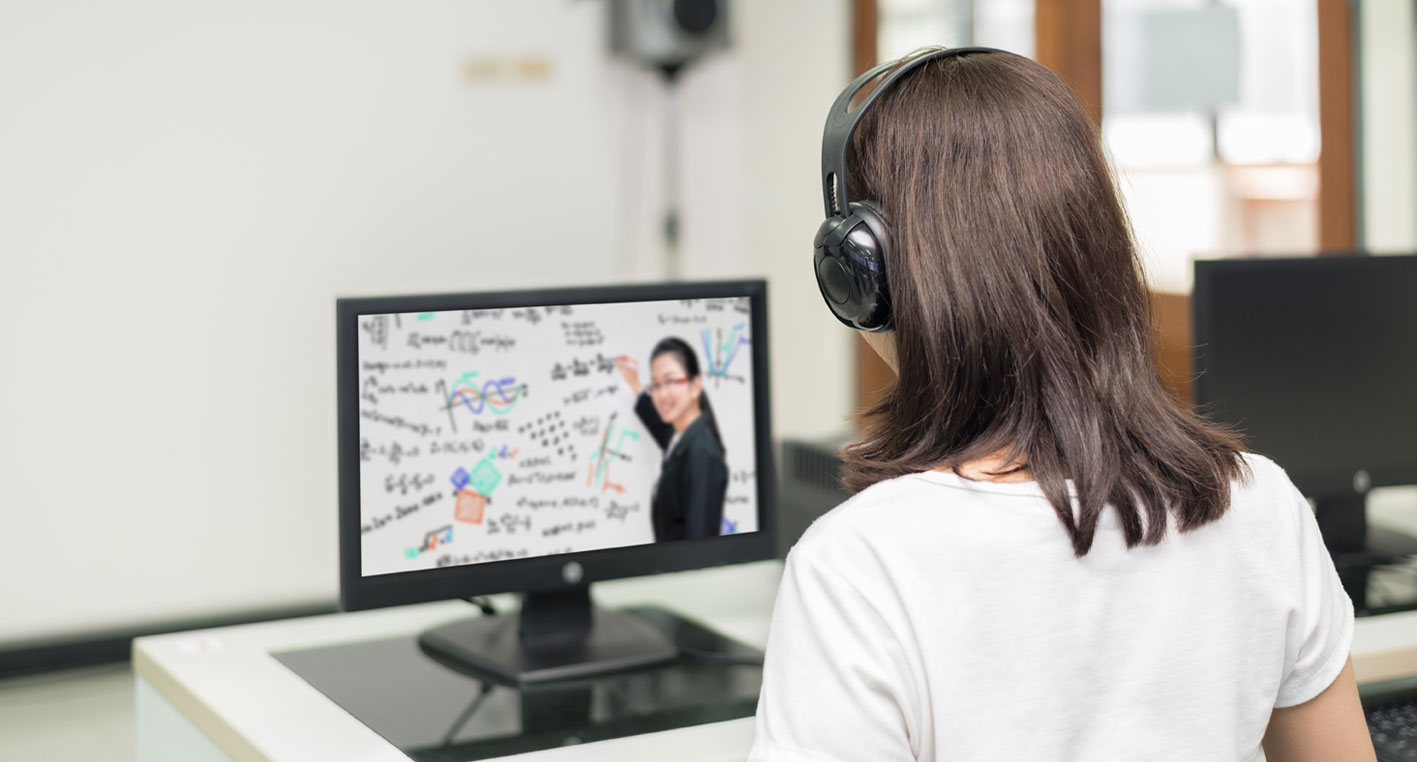Pathbreaking technological innovations like online classes, learning management systems, etc., are now becoming a part and parcel of our education system. Thus, what was considered until recently as the future of education is now becoming the norm.
The education system is no longer synonymous with the traditional classroom set-up and students are now leveraging edtech platforms and tools to learn at their desired pace.
According to a report from KPMG and Google, the edtech market is expected to cater to 9.6 million users and have a market share of 1.96 billion dollars by 2021. It is certain that the industry will continue to affect change in the education sector.
Let’s take a look at the leading edtech trends that are driving and will continue to drive the education sector in 2021.
1. Virtual and augmented reality
Artificial intelligence has transformed the education industry by empowering the system through the automation of learning resources like online classes, assessments, homework tracking, and more. Both students and teachers can benefit from this innovation.
Virtual reality and augmented reality not only enables teachers to capture students’ attention but also helps them to teach in a more engaging and productive way, which simplifies the concept explanation process. This, in turn, makes the teaching-learning process more interactive and immersive.
2. Virtual classrooms
Virtual classroom-enabled online lectures are gaining popularity by empowering students to learn from any part of the world and choose the educational institution of their choice.
Not only does it create a real classroom-like learning environment at home but it also empowers teachers to control and manage academic operations from the comfort of their homes.
Artificial intelligence-enabled student monitoring, attendance tracking and examination proctoring have made virtual learning transparent for all stakeholders.
3. Personalised and adaptive learning
Personalized learning is the key to 21stcentury education. Online learning platforms offer a flexible learning environment by empowering students to learn at their own pace and also help educators to make learning more engaging and collaborative by leveraging digital tools.
Adaptive learning provides study material based on the student’s proficiency and knowledge level. With the help of adaptive tests, teachers can figure out the challenges that each student faces and can work on those to iron out the difficult areas.
Adaptive learning ensures that students are engaged in learning to bring out the best results.
Robotics is gaining wide acceptance in K-12 education.
Developing and coding robots help students to fine-tune their understanding of STEM (Science, Technology, Engineering, and Mathematics) concepts, alongside developing 21st-century skills such as critical thinking, decision-making, and creativity.
5. Cloud-based edtech platforms
Owing to the rapid technological advancements, the integration of cloud technology with education is gaining popularity. Be it academic content or school management, everything can be managed via cloud technology.
Smart cloud-based edtech platforms provide a wide range of academic services such as online assessments, online classes, and homework solutions along with real-time tracking, instant reports, and more.
They have also made administrative tasks such as online fee management, parent-teacher communication, online admissions, creation of report cards, managing staff, etc much easier.

6. Digital masterclasses
Since students have more exposure to the Internet and different digital devices, digital masterclass formats are gaining popularity.
Digital masterclasses provide students the opportunity to be taught by top-line experts from different fields. This encourages students to take an active interest in learning.
7. Blended learning
Considering the safety of students and the flexibility it provides, the blended learning approach is one of the best choices to ensure uninterrupted teaching and learning.
By leveraging the best of both online educational resources and traditional classroom learning methods, educational institutions can focus on imparting 21st-century education.
For instance, the flipped classroom model gives students the flexibility to explore and learn on their own.
Moreover, by leveraging offline and online learning tools, teachers can foster collaborative learning, thereby creating a more dynamic classroom.

8. Block-based coding systems
The 21st century is all about practical learning and block-based coding is a stepping stone for learners. Coding, a block-based programming language, is easier for students to understand because the instructions are presented as blocks which makes it easier for students to create various multimedia projects.
It enables students to make not only animated stories but also science projects, interactive artwork, and more. Such coding programs can be used to enhance the creativity of students.
Edtech tools and platforms are thus providing a great opportunity for educational institutions to rise to the occasion and make a smooth transition from offline to online education.
In the coming years, online education will be the new normal, truly embracing the idea of anywhere, anytime learning.
Source: indiatoday.in

